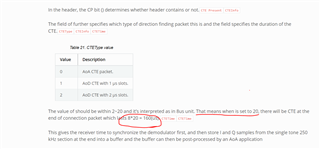Hi team,
Here're some issues from the customer may need your help:
Three cc2642 transmit boards are used, one AOA-bostxl, and the AOAboostxl is loaded on the transmit board as passive.
1) The antenna data collected with 5.30sdk has two raw IQ data from passive and coordinator, why are the two data different? The IQ data of the codator is passed to it by passive, is that right?
2) Why does the sample_idx in each pkt in IQ data only collect 45 groups? (0-44) What determines it?
3) In collected IQ data, pkt can sometimes reach 178.Can they configure it by themselves?
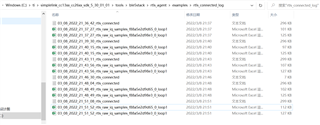

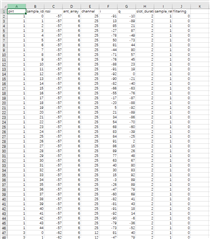
4)There are two [0,1] antenna switches, and Figure 1 below shows IQ data acquired at different times at the same angle at the same location, but the total number of IQ data acquired is not the same. There are 4410, 4455 codator, why?
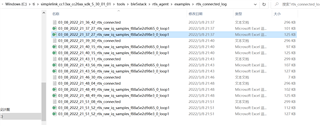

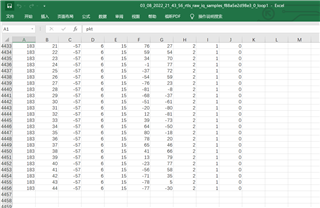
5)The total number of IQ data collected by passive is also inconsistent, with 3870, 3600, and 3460.
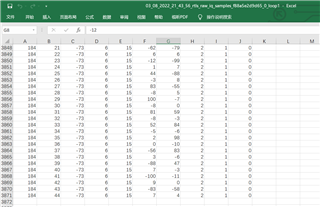

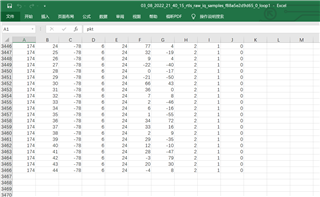
6)The above 1-5 questions are IQ data collected with sdk5.30. Doing the same experiment with skd5.20, sometimes the IQ data is only one copy of the coinetor IQ data, sometimes the passive and the codinatore are normal, what is the reason for that?


7)With sdk5.20, the total number of IQ data received from the codator is also different, with more than 400 groups and 700 groups. The total number should be 512 groups?
8)If a 4-MHz, 2-us slot is used and the filtered IQ data is used, does the acquired IQ data contain data from the reference period (8us), antenna switching period (2us), and antenna settling period (1us)?



Could you help check this case? Thanks.
Best Regards,
Cherry


